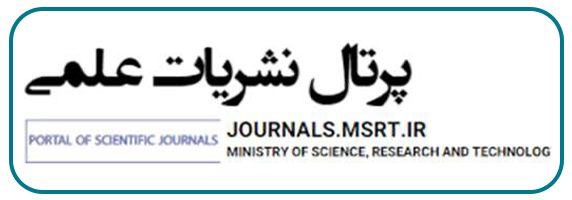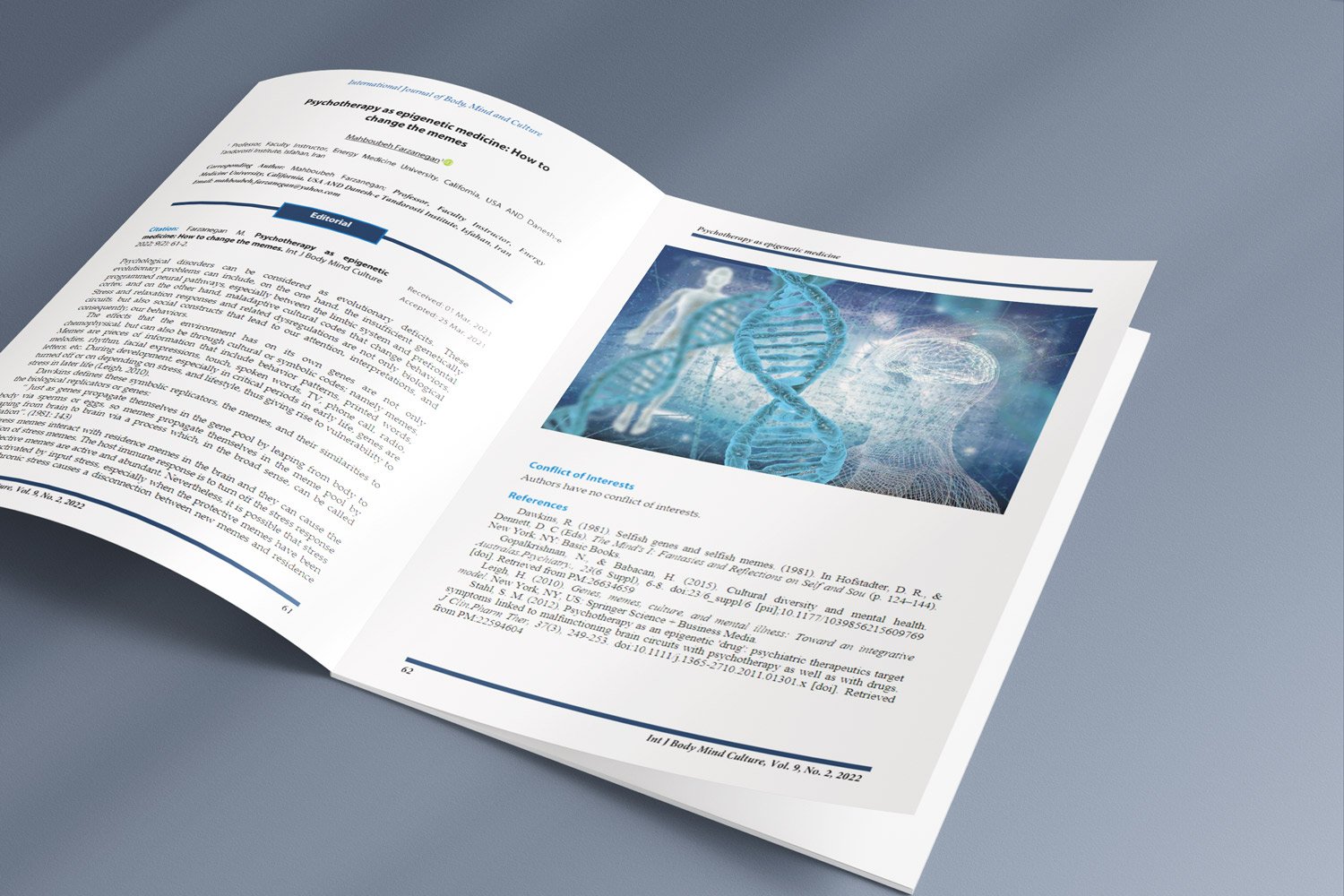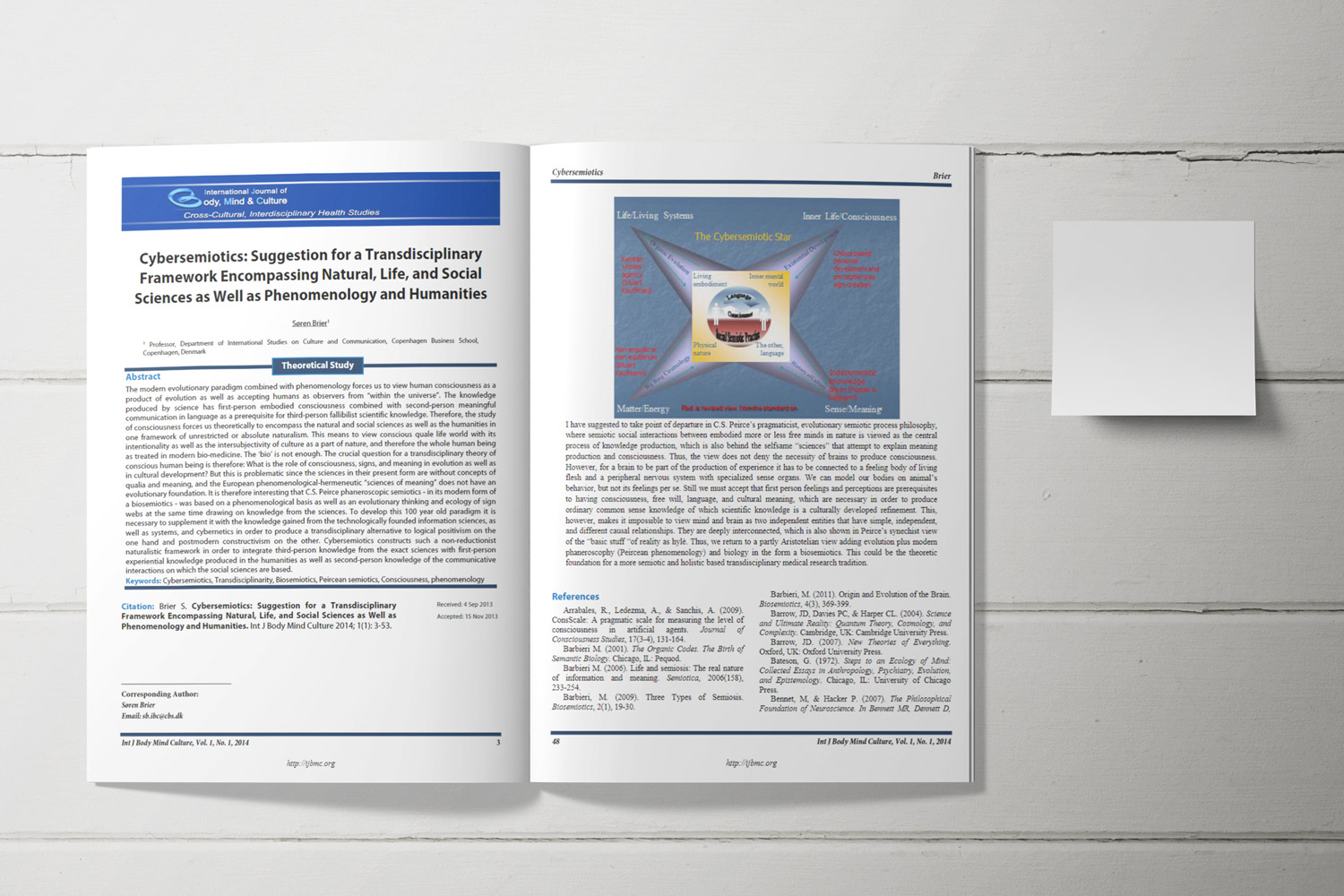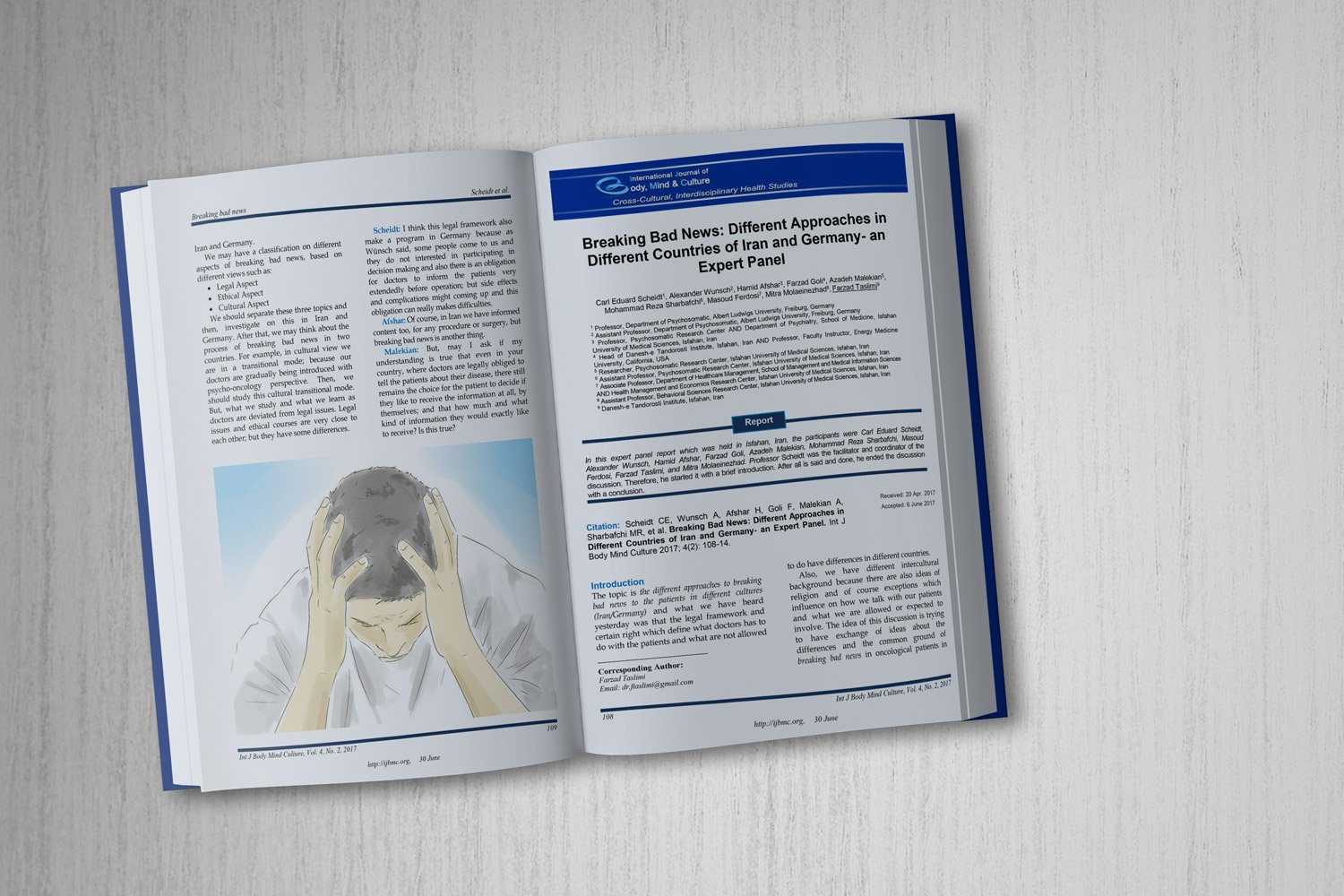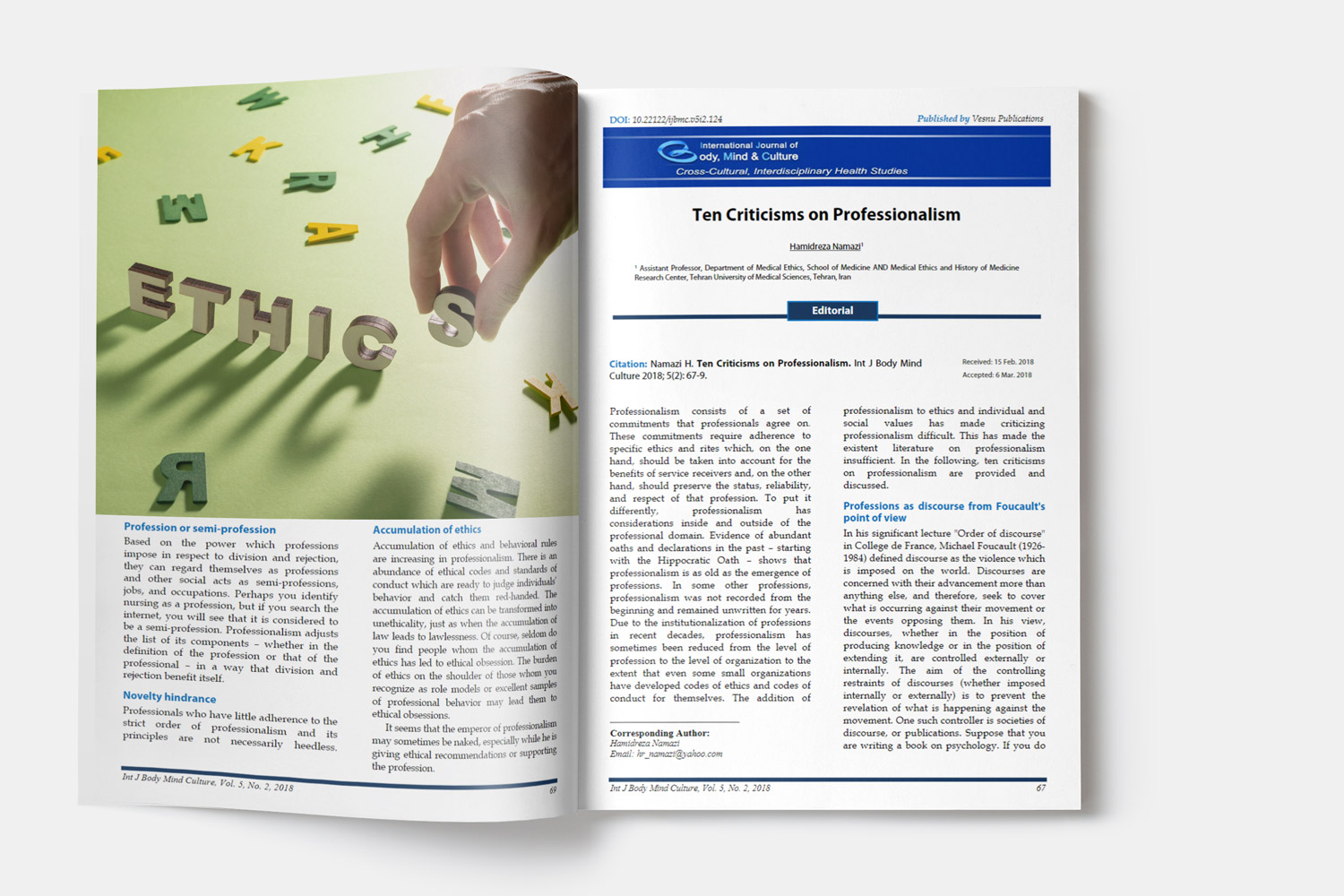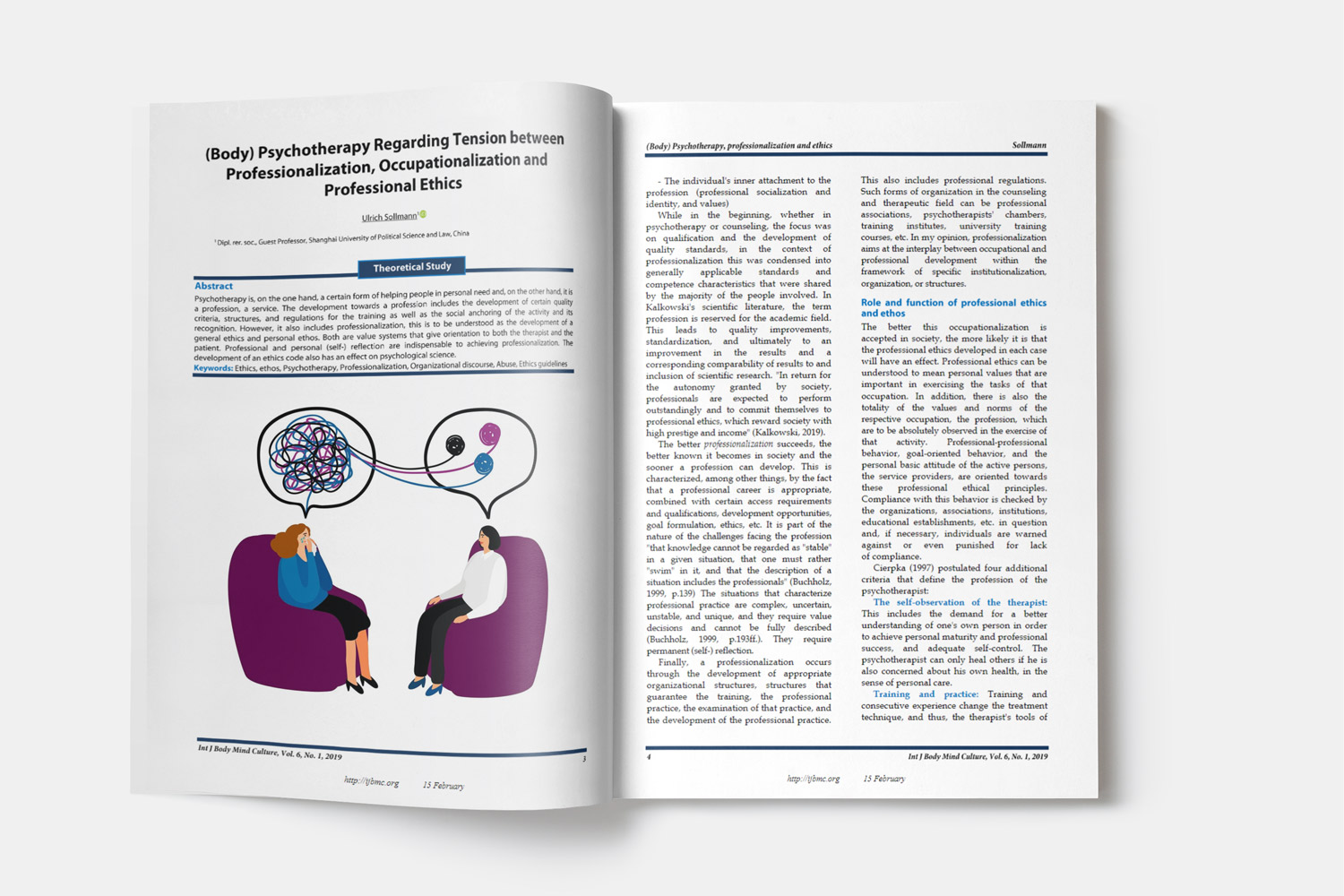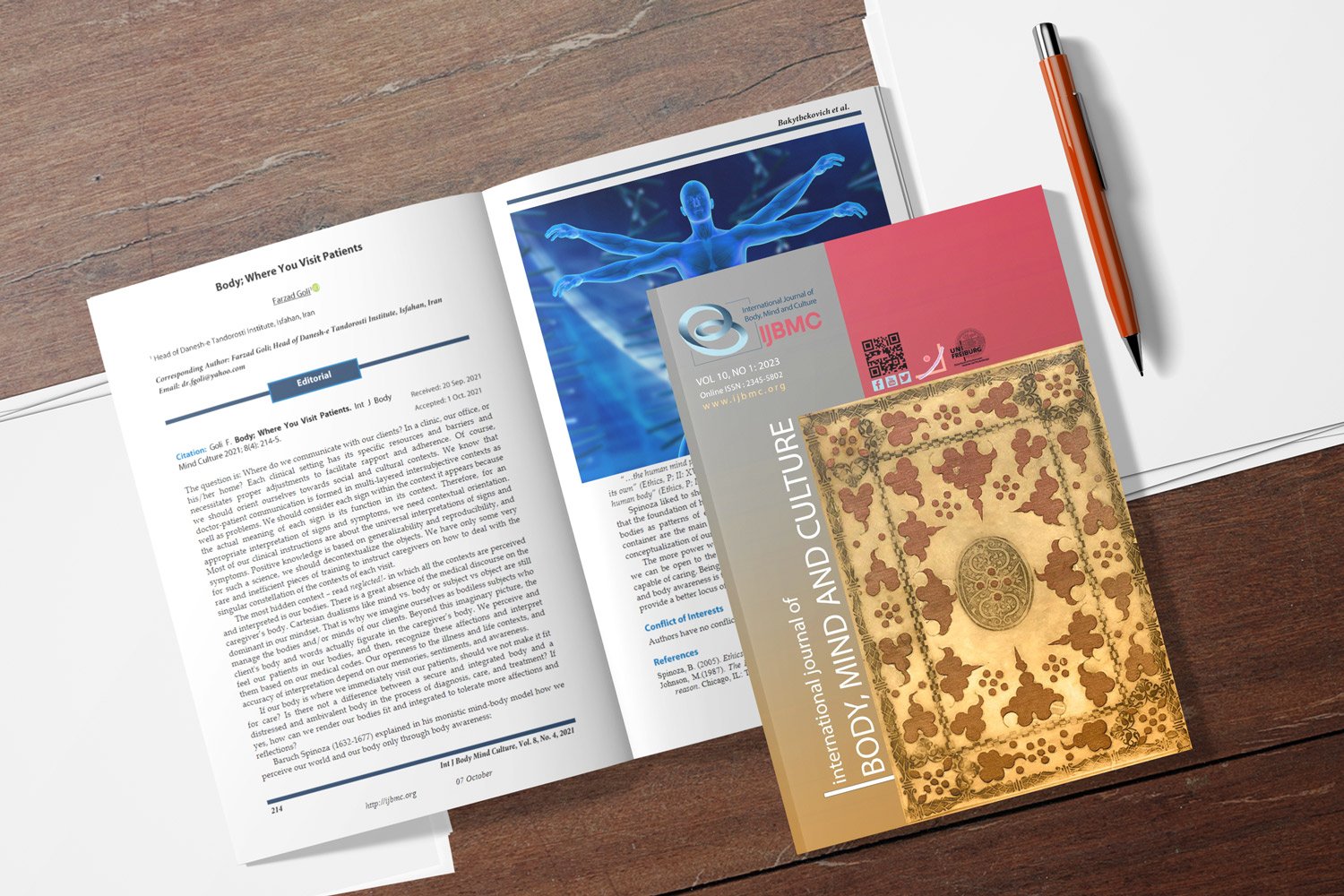From Biomedical to Psychosomatic Reasoning: A Theoretical Framework
Downloads
Despite a general acceptance of the biopsychosocial model, medical education and patient care are still largely biomedical in focus, and physicians have many deficiencies in biopsychosocial formulations and care. Education in medical schools puts more emphasis on providing biomedical education (BM) than biopsychosocial education (BPS); the initial knowledge formed in medical students is mainly with a biomedical approach. Therefore, it seems that psychosocial aspects play a minor role at this level and PSM knowledge will lag behind BM knowledge. However, it seems that the integration of biomedical and psychosocial-knowledge is crucial for a successful and efficient patient encounter. In this paper, based on the theory of medical expertise development, the steps through which biomedical reasoning transforms to psychosomatic reasoning will be discussed.
Downloads
Cassel, E. J. (2002). Doctoring: The nature of primary care medicine. New York, NY: Oxford University Press.
Cherkin, D. C., Rosenblatt, R. A., Hart, L. G., Schneeweiss, R., & LoGerfo, J. (1987). The use of medical resources by residency-trained family physicians and general internists. Is there a difference? Med Care, 25(6), 455-469. Retrieved from PM:3695655
Engel, G. L. (1977). The need for a new medical model: a challenge for biomedicine. Science, 196(4286), 129-136. Retrieved from PM:847460
Gaufberg, E. H., Joseph, R. C., Pels, R. J., Wyshak, G., Wieman, D., & Nadelson, C. C. (2001). Psychosocial training in U.S. internal medicine and family practice residency programs. Acad Med, 76(7), 738-742. Retrieved from PM:11448833
Gawande, A. (2009, June 1). The cost conundrum: What a Texas town can teach us about health care. The New Yorker, pp. 36-55. www.newyorker.com/reporting/2009/0/01/090601fa_fact_gawande.
Holmboe, E. S., Bowen, J. L., Green, M., Gregg, J., DiFrancesco, L., Alguire Reynolds, E. et al. (2005). Reforming internal medicine residency training. A report from the Society of General Internal Medicine's task force for residency reform. J Gen.Intern.Med, 20(12), 1165-1172. doi:JGI249 [pii];10.1111/j.1525-1497.2005.0249.x [doi]. Retrieved from PM:16423110
McClain, T., O'Sullivan, P. S., & Clardy, J. A. (2004). Biopsychosocial formulation: recognizing educational shortcomings. Acad Psychiatry, 28(2), 88-94. doi:10.1176/appi.ap.28.2.88 [doi];28/2/88 [pii]. Retrieved from PM:15298859
McKinlay, J. B., Potter, D. A., & Feldman, H. A. (1996). Non-medical influences on medical decision-making. Soc Sci Med, 42(5), 769-776. doi:0277953695003428 [pii]. Retrieved from PM:8685745
McKinlay, J. B., Link, C. L., Freund, K. M., Marceau, L. D., O'Donnell, A. B., & Lutfey, K. L. (2007). Sources of variation in physician adherence with clinical guidelines: results from a factorial experiment. J Gen.Intern.Med, 22(3), 289-296. doi:10.1007/s11606-006-0075-2 [doi]. Retrieved from PM:17356957
Monajemi, A., & Rikers, R. M. J. P. (2011). The role of patient management knowledge in medical expertise development: Extending the contemporary theory. International Journal of Person Centered Medicine, 1(1), 161-166.
Noren, J., Frazier, T., Altman, I., & DeLozier, J. (1980). Ambulatory medical care: a comparison of internists and family-general practitioners. N.Engl.J Med, 302(1), 11-16. doi:10.1056/NEJM198001033020103 [doi]. Retrieved from PM:7350394
Novack, D. H., Cameron, O., Epel, E., Ader, R., Waldstein, S. R., Levenstein, S. et al. (2007). Psychosomatic medicine: the scientific foundation of the biopsychosocial model. Acad Psychiatry, 31(5), 388-401. doi:31/5/388 [pii];10.1176/appi.ap.31.5.388 [doi]. Retrieved from PM:17875624
Roter, D. L., Stewart, M., Putnam, S. M., Lipkin, M., Jr., Stiles, W., & Inui, T. S. (1997). Communication patterns of primary care physicians. JAMA, 277(4), 350-356. Retrieved from PM:9002500
Shackelton-Piccolo, R., McKinlay, J. B., Marceau, L. D., Goroll, A. H., & Link, C. L. (2011). Differences between internists and family practitioners in the diagnosis and management of the same patient with coronary heart disease. Med Care Res Rev, 68(6), 650-666. doi:1077558711409047 [pii];10.1177/1077558711409047 [doi]. Retrieved from PM:21680578
Schmidt, H. G., & Rikers, R. M. (2007). How expertise develops in medicine: knowledge encapsulation and illness script formation. Med Educ, 41(12), 1133-1139. doi:MED2915 [pii];10.1111/j.1365-2923.2007.02915.x [doi]. Retrieved from PM:18004989
Waldstein, S. R., Neumann, S. A., Drossman, D. A., & Novack, D. H. (2001). Teaching psychosomatic (biopsychosocial) medicine in United States medical schools: survey findings. Psychosom.Med, 63(3), 335-343. Retrieved from PM:11382261
Weinberger, S. E., Smith, L. G., & Collier, V. U. (2006). Redesigning training for internal medicine. Ann Intern.Med, 144(12), 927-932. doi:0000605-200606200-00124 [pii]. Retrieved from PM:16601254






